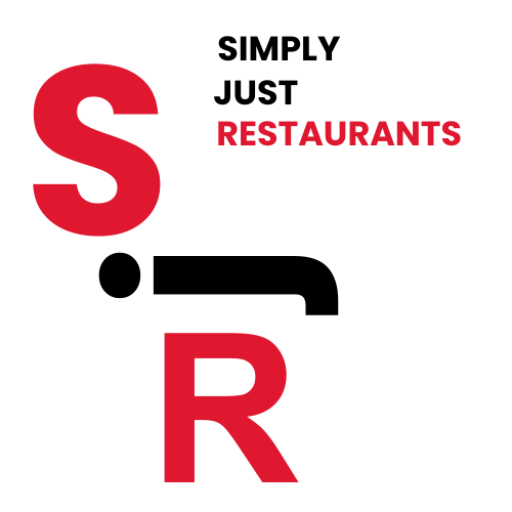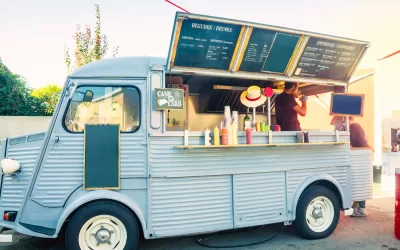- Introduction To The Menu Consultant
- Understanding the Role of a Menu Consultant
- Initial Consultation and Needs Assessment
- Market and Competitor Analysis
- Menu Concept Development
- Recipe Development and Testing
- Cost Analysis and Pricing Strategy
- Menu Layout and Design
- Staff Training and Implementation
- Monitoring and Feedback
- Periodic Review and Updates
- Conclusion
Introduction To The Menu Consultant
A menu consultant can bring expertise in culinary trends, customer preferences, and food cost management to help you design a menu that stands out.
This comprehensive guide will walk you through the process of menu consultation, providing step-by-step details to ensure a thorough understanding.
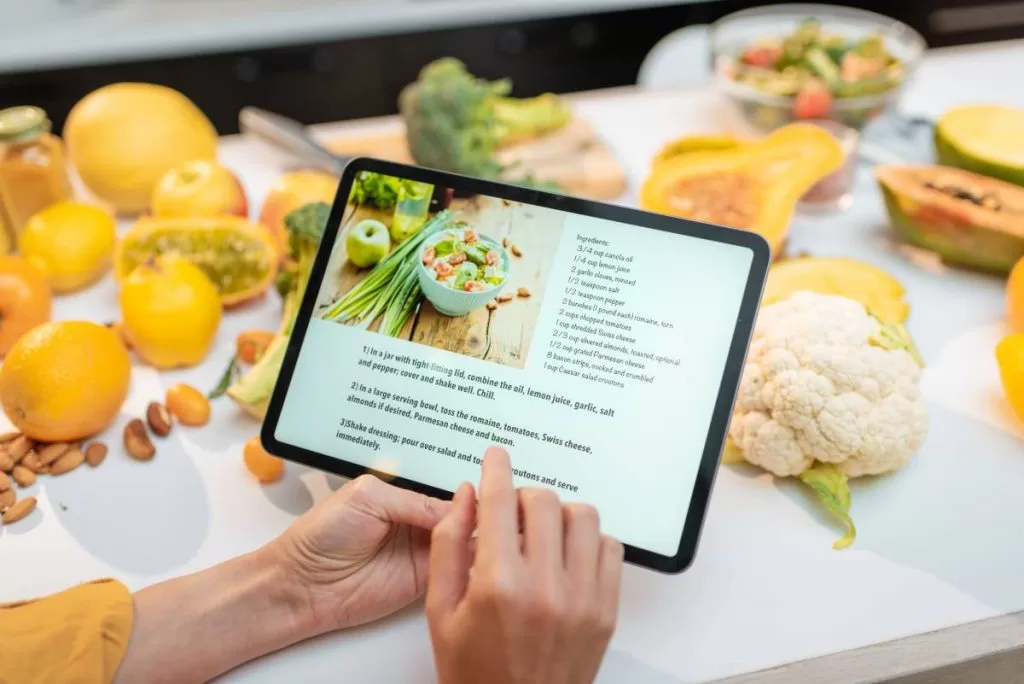
Understanding the Role of a Menu Consultant
A menu consultant is a professional who specializes in creating and optimizing restaurant menus. Their role includes:
- Assessing current menu offerings.
- Understanding target market preferences.
- Ensuring profitability through strategic pricing.
- Incorporating current culinary trends.
- Enhancing the overall dining experience.

Initial Consultation and Needs Assessment
Step-by-Step Details
- Initial Meeting:
- Objective: Understand the restaurant’s vision, goals, and challenges.
- Discussion Points: Restaurant concept, target audience, current menu performance, and specific issues faced.
- Outcome: Establish clear objectives for the menu consultant process.
- Site Visit:
- Purpose: Observe the restaurant’s operations, kitchen setup, and service style.
- Assessment Areas: Kitchen equipment, staff skills, and customer flow.
- Data Collection:
- Gather Information: Sales reports, customer feedback, and inventory data.
- Analysis: Identify best-selling items, underperforming dishes, and overall menu profitability.
- Objective: Understand the restaurant’s vision, goals, and challenges.
- Discussion Points: Restaurant concept, target audience, current menu performance, and specific issues faced.
- Outcome: Establish clear objectives for the menu consultant process.
- Purpose: Observe the restaurant’s operations, kitchen setup, and service style.
- Assessment Areas: Kitchen equipment, staff skills, and customer flow.
- Gather Information: Sales reports, customer feedback, and inventory data.
- Analysis: Identify best-selling items, underperforming dishes, and overall menu profitability.

Market and Competitor Analysis
Step-by-Step Details
-
Market Research:
- Objective: Understand market trends and customer preferences.
- Methods: Surveys, focus groups, and online research.
-
Competitor Analysis:
- Steps:
- Identify key competitors.
- Analyze their menus, pricing strategies, and customer reviews.
- Outcome: Identify opportunities and gaps in the market.
Market Research:
- Objective: Understand market trends and customer preferences.
- Methods: Surveys, focus groups, and online research.
Competitor Analysis:
- Steps:
- Identify key competitors.
- Analyze their menus, pricing strategies, and customer reviews.
- Outcome: Identify opportunities and gaps in the market.

Menu Concept Development
Step-by-Step Details
-
Conceptualization:
- Objective: Develop a unique menu concept aligned with the restaurant’s brand and target audience.
- Considerations: Culinary trends, seasonality, and customer demographics.
-
Drafting the Menu:
- Structure: Categorize menu items (appetizers, mains, desserts, beverages).
- Balance: Ensure a mix of flavors, textures, and dietary options.
-
Feedback:
- Internal Review: Gather input from staff and stakeholders.
- Adjustments: Refine the menu based on feedback.
Conceptualization:
- Objective: Develop a unique menu concept aligned with the restaurant’s brand and target audience.
- Considerations: Culinary trends, seasonality, and customer demographics.
Drafting the Menu:
- Structure: Categorize menu items (appetizers, mains, desserts, beverages).
- Balance: Ensure a mix of flavors, textures, and dietary options.
Feedback:
- Internal Review: Gather input from staff and stakeholders.
- Adjustments: Refine the menu based on feedback.
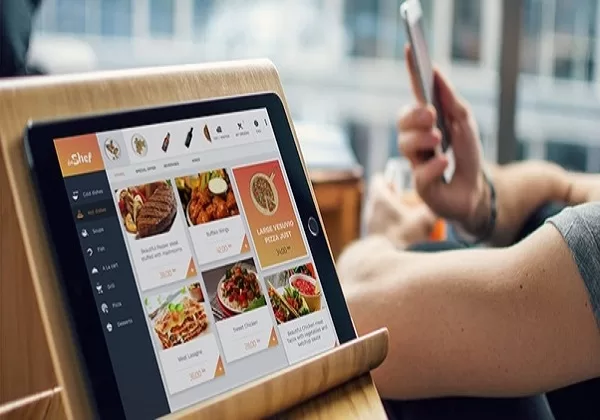
Recipe Development and Testing
Step-by-Step Details
-
Recipe Creation:
- Collaboration: Work with chefs to develop new recipes or improve existing ones.
- Documentation: Ensure detailed recipes, including ingredients, measurements, and preparation steps.
-
Testing:
- Trial Runs: Prepare dishes to test flavors, presentation, and consistency.
- Tasting Sessions: Conduct tastings with staff and select customers.
- Refinement: Adjust recipes based on feedback.
Recipe Creation:
- Collaboration: Work with chefs to develop new recipes or improve existing ones.
- Documentation: Ensure detailed recipes, including ingredients, measurements, and preparation steps.
Testing:
- Trial Runs: Prepare dishes to test flavors, presentation, and consistency.
- Tasting Sessions: Conduct tastings with staff and select customers.
- Refinement: Adjust recipes based on feedback.
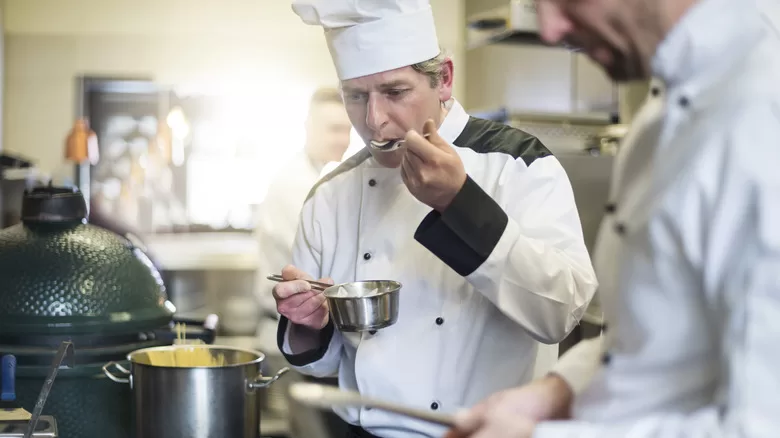
Cost Analysis and Pricing Strategy
Step-by-Step Details
-
Costing Recipes:
- Calculation: Determine the cost of each menu item, including ingredients and preparation time.
- Tools: Use software or spreadsheets for accurate costing.
-
Pricing:
- Strategy: Set prices based on food cost percentage, market rates, and perceived value.
- Considerations: Balance profitability with customer affordability.
-
Menu Engineering:
- Analysis: Classify items as stars (high profit, high popularity), plow horses (low profit, high popularity), puzzles (high profit, low popularity), and dogs (low profit, low popularity).
- Adjustments: Promote stars, reevaluate puzzles, and consider removing dogs.
Costing Recipes:
- Calculation: Determine the cost of each menu item, including ingredients and preparation time.
- Tools: Use software or spreadsheets for accurate costing.
Pricing:
- Strategy: Set prices based on food cost percentage, market rates, and perceived value.
- Considerations: Balance profitability with customer affordability.
Menu Engineering:
- Analysis: Classify items as stars (high profit, high popularity), plow horses (low profit, high popularity), puzzles (high profit, low popularity), and dogs (low profit, low popularity).
- Adjustments: Promote stars, reevaluate puzzles, and consider removing dogs.

Menu Layout and Design
Step-by-Step Details
-
Design Principles:
- Readability: Use clear fonts and colors.
- Visual Appeal: Incorporate high-quality images and appealing graphics.
- Flow: Organize items logically, with attention to eye movement patterns.
-
Professional Design:
- Collaboration: Work with graphic designers to create a polished menu.
- Brand Consistency: Ensure the design reflects the restaurant’s branding.
-
Print and Digital Formats:
- Formats: Prepare both physical menus and digital versions for online platforms.
Design Principles:
- Readability: Use clear fonts and colors.
- Visual Appeal: Incorporate high-quality images and appealing graphics.
- Flow: Organize items logically, with attention to eye movement patterns.
Professional Design:
- Collaboration: Work with graphic designers to create a polished menu.
- Brand Consistency: Ensure the design reflects the restaurant’s branding.
Print and Digital Formats:
- Formats: Prepare both physical menus and digital versions for online platforms.
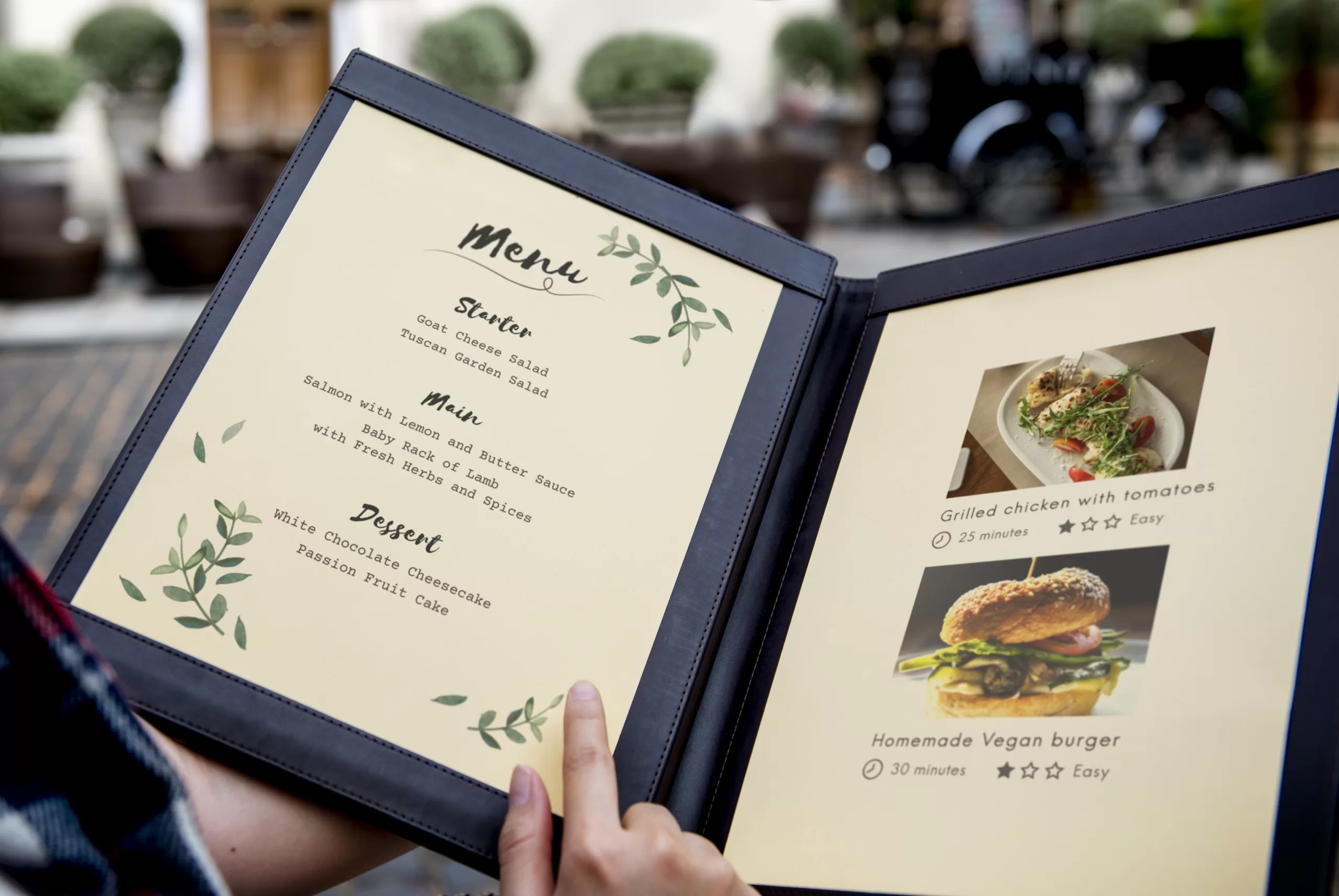
Staff Training and Implementation
Step-by-Step Details
-
Training Sessions:
- Objective: Educate staff on new menu items, preparation techniques, and presentation standards.
- Methods: Hands-on training, workshops, and demonstrations.
-
Communication:
- Details: Provide detailed descriptions and selling points for each menu item.
- Consistency: Ensure all staff can accurately describe and promote menu items.
-
Launch Plan:
- Phases: Gradual rollout or full launch.
- Marketing: Promote the new menu through social media, email newsletters, and in-house promotions.
Training Sessions:
- Objective: Educate staff on new menu items, preparation techniques, and presentation standards.
- Methods: Hands-on training, workshops, and demonstrations.
Communication:
- Details: Provide detailed descriptions and selling points for each menu item.
- Consistency: Ensure all staff can accurately describe and promote menu items.
Launch Plan:
- Phases: Gradual rollout or full launch.
- Marketing: Promote the new menu through social media, email newsletters, and in-house promotions.
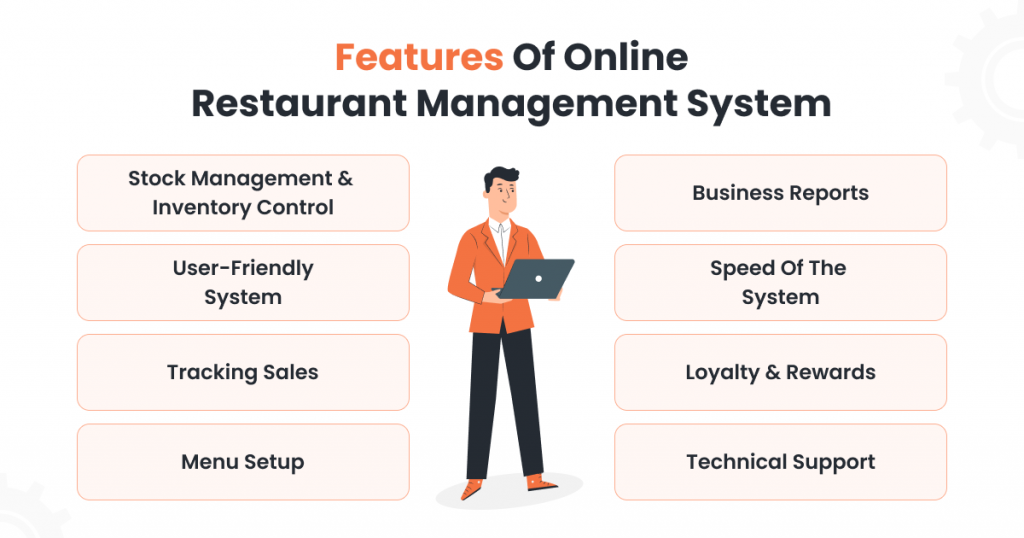
Monitoring and Feedback
Step-by-Step Details
-
Sales Tracking:
- Metrics: Monitor sales data to assess the performance of new menu items.
- Tools: Use POS systems to gather detailed sales reports.
-
Customer Feedback:
- Methods: Surveys, comment cards, and online reviews.
- Analysis: Identify trends in customer preferences and satisfaction.
-
Adjustments:
- Response: Make necessary changes based on feedback and sales performance.
- Continuous Improvement: Regularly update the menu to keep it fresh and appealing.
Sales Tracking:
- Metrics: Monitor sales data to assess the performance of new menu items.
- Tools: Use POS systems to gather detailed sales reports.
Customer Feedback:
- Methods: Surveys, comment cards, and online reviews.
- Analysis: Identify trends in customer preferences and satisfaction.
Adjustments:
- Response: Make necessary changes based on feedback and sales performance.
- Continuous Improvement: Regularly update the menu to keep it fresh and appealing.
Periodic Review and Updates
Step-by-Step Details
-
Regular Review:
- Frequency: Quarterly or bi-annual reviews of menu performance.
- Focus Areas: Sales data, customer feedback, and market trends.
-
Seasonal Updates:
- Adaptation: Introduce seasonal items to keep the menu dynamic and relevant.
- Marketing: Promote seasonal specials to attract customers.
-
Innovation:
- Trends: Stay informed about industry trends and incorporate innovative ideas.
- Experimentation: Test new concepts and recipes periodically.
Regular Review:
- Frequency: Quarterly or bi-annual reviews of menu performance.
- Focus Areas: Sales data, customer feedback, and market trends.
Seasonal Updates:
- Adaptation: Introduce seasonal items to keep the menu dynamic and relevant.
- Marketing: Promote seasonal specials to attract customers.
Innovation:
- Trends: Stay informed about industry trends and incorporate innovative ideas.
- Experimentation: Test new concepts and recipes periodically.
Conclusion
Menu consultation is a multifaceted process that requires a deep understanding of culinary arts, market dynamics, and customer behavior. By following these detailed steps, you can develop a menu that not only satisfies your customers but also enhances your restaurant’s profitability and reputation. Whether you’re revamping an existing menu or creating a new one from scratch, a systematic approach to menu consultation can lead to remarkable success.
For more detailed information on menu consultation and related services, consider exploring resources such as National Restaurant Association and Menu Engineers.
About Author nikita kapali
You May Also Like…
The Ultimate Guide to Hiring a Consultant Chef
Introduction Food trucks or mobile food trucks is an idea that has arrived. But, there is a issues with food safety in...
Food Safety Essentials: Addressing 5 Common Problems in Food Trucks
Introduction Food trucks or mobile food trucks is an idea that has arrived. But, there is a issues with food safety in...

